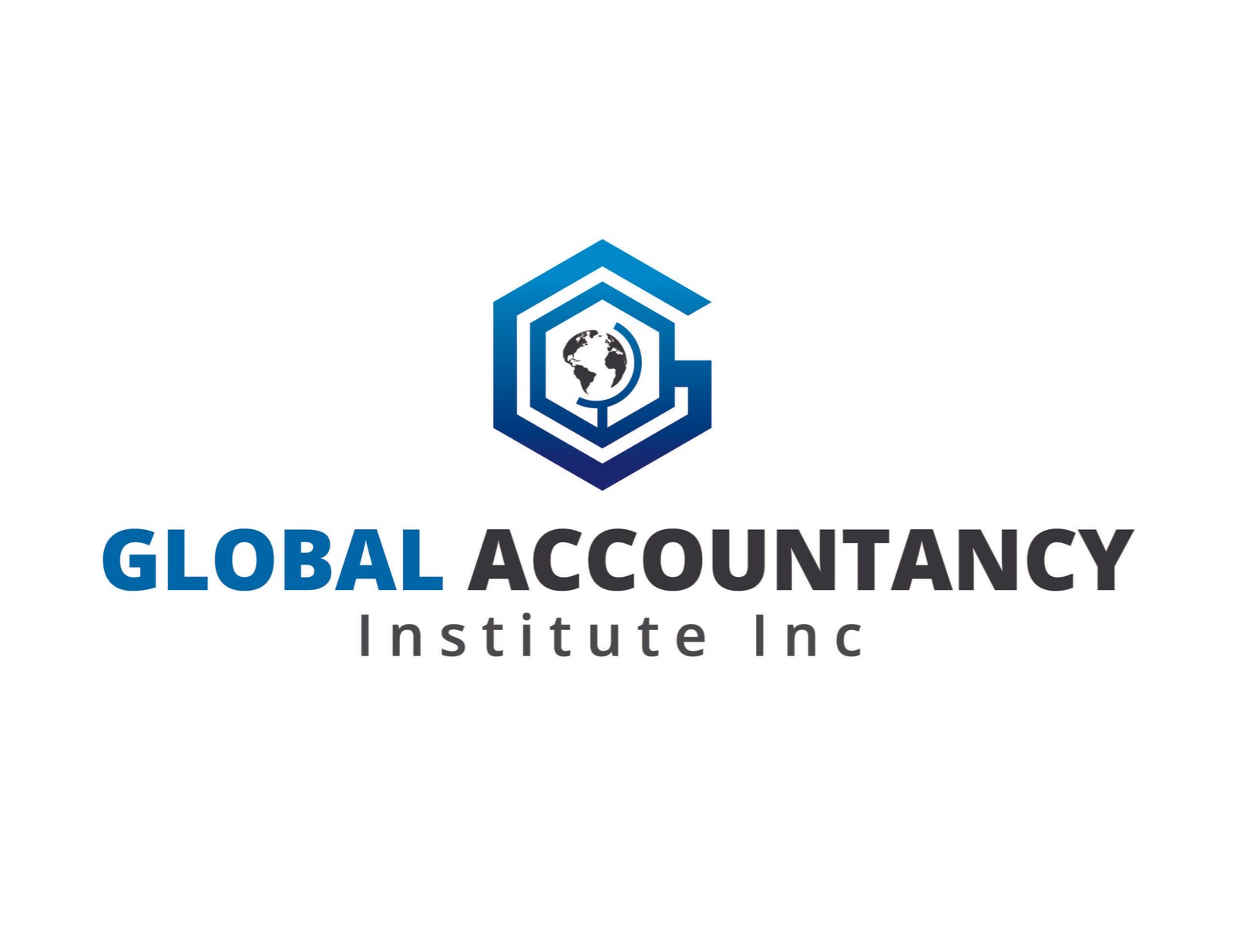Personal Lifetime Consultant Fee (PLTC): A Model for Engaging Senior Talent Post-Retirement
- April 3, 2024
- Posted by: DrGlenBrown2
- Category: Financial Innovation / Retirement Planning

Abstract
This paper explores the Personal Lifetime Consultant Fee (PLTC) as an innovative model designed to engage senior professionals post-retirement. The PLTC model offers a structured approach to leverage the expertise of retired professionals through consultancy roles, ensuring their continued contribution to their respective fields while providing them with financial benefits and professional engagement. This paper examines the concept, benefits, challenges, and potential applications of the PLTC model across various industries.
Introduction
Retirement traditionally marks the end of an individual’s professional career, often leading to a significant loss of experienced talent for organizations. The PLTC model emerges as a solution, facilitating a transition where retirees can continue contributing their expertise in a consultative capacity. This approach not only benefits the retirees but also helps organizations retain valuable knowledge and skills.
Background and Context
Traditional retirement models are primarily focused on financial planning, with less emphasis on continued professional engagement. This gap leaves many retirees desiring to contribute actively sidelined. Concurrently, organizations lose out on decades of accumulated experience and knowledge. The PLTC model represents an evolution from these traditional models, proposing a more integrated approach to post-retirement engagement.
The PLTC Model: Conceptual Framework
The PLTC model is structured around a contractual agreement where retired professionals are retained as consultants, receiving a fee comparable to their pre-retirement salary. This arrangement is flexible, accommodating a range of consultancy tasks from strategic advisory roles to mentoring. A key feature is the claw-back clause, which ensures adaptability and financial prudence.
Advantages of the PLTC Model
For the Individual
- Continued Income: Provides financial stability beyond traditional retirement packages.
- Professional Engagement: Offers opportunities for continued professional involvement and personal growth.
For the Organization
- Retention of Expertise: Keeps institutional knowledge within the organization.
- Mentorship and Development: Facilitates the transfer of knowledge to younger employees, enhancing talent development.
Societal Benefits
- Encourages an active, engaged senior population, contributing to a shift in societal perceptions of retirement.
Challenges and Considerations
Implementing the PLTC model presents challenges such as ensuring the financial sustainability of the program, defining clear roles and contributions of retired consultants, and managing expectations on both sides. Legal and ethical considerations must also be addressed, ensuring fair and transparent contractual agreements.
Case Studies
1. Academia: Professor Emeritus Advisory Program
Scenario: A prestigious university introduces a PLTC model named the Professor Emeritus Advisory Program. Under this program, retired faculty members are engaged as consultants to mentor junior faculty, advise on curriculum development, and participate in research projects.
Professor Emeritus John Doe: A retired professor of physics, John is renowned for his research in quantum mechanics. The university engages him under the PLTC model, offering him a consultant fee based on his pre-retirement salary. John mentors two junior faculty members, leads a yearly seminar series, and contributes to ongoing research projects.
Outcome: John’s involvement enriches the research capabilities of the junior faculty and introduces innovative approaches to the physics curriculum. His engagement keeps him connected to his life’s work, providing him with both financial benefits and intellectual fulfillment. The university retains access to John’s expertise, enhancing its academic offerings and research output.
2. Healthcare: Senior Medical Consultant Initiative
Scenario: A large hospital system launches the Senior Medical Consultant Initiative, leveraging the PLTC model to retain experienced physicians as consultants. These senior consultants assist in complex cases, mentor young doctors, and contribute to medical research.
Dr. Jane Smith: A retired cardiologist with a distinguished career, Jane is engaged to offer her expertise on challenging cardiology cases and to mentor new cardiologists. Her contract includes a consultant fee reflective of her valuable experience and contributions.
Outcome: Dr. Smith’s guidance improves patient care quality and outcomes, particularly in complex cardiology cases. Her mentorship helps young doctors develop more rapidly, enhancing the hospital’s reputation and patient satisfaction. Dr. Smith finds renewed purpose in her post-retirement career, benefiting from continued professional engagement and financial security.
3. Corporate: Executive Leadership Mentor Program
Scenario: A multinational corporation establishes the Executive Leadership Mentor Program, adopting the PLTC model to engage retired executives as mentors and advisors. This program aims to transfer knowledge to the next generation of leaders and guide strategic projects.
Michael Thompson: A retired CEO with decades of experience in the technology sector, Michael is brought on board to mentor high-potential leaders and advise on strategic initiatives. His PLTC arrangement includes a consultancy fee that acknowledges his expertise and contribution.
Outcome: Michael’s mentorship accelerates the development of emerging leaders, fostering a culture of innovation and strategic thinking. His insights on strategic projects lead to successful outcomes, driving growth and competitiveness. Michael appreciates the opportunity to continue contributing to the industry while maintaining an active professional life.
These hypothetical case studies demonstrate the versatility and benefits of the PLTC model across diverse sectors. By engaging senior professionals post-retirement, organizations can retain invaluable expertise, foster intergenerational knowledge transfer, and support retirees in maintaining an active, purposeful post-career life.
Implementation Strategies
Successful implementation of the PLTC model requires clear program design, including eligibility criteria, roles, and compensation structures. Organizations should also focus on communication strategies to highlight the benefits of the model to potential participants and other stakeholders.
Future Directions
The PLTC model’s adaptability suggests it could evolve alongside demographic and technological changes. Further research could explore its impact on organizational cultures, innovation, and its potential to be integrated with digital platforms that match retired professionals with consultancy opportunities.
Conclusion
The PLTC model offers a promising approach to rethinking retirement, providing benefits for individuals, organizations, and society. By fostering an environment where retired professionals can continue contributing their expertise, the model not only enhances post-retirement life but also helps organizations retain valuable knowledge and skills.
About the Author: Dr. Glen Brown, Ph.D.
Dr. Glen Brown is an emblematic figure in the finance and accounting sectors, whose illustrious career, spanning over 25 years, is characterized by visionary leadership and pioneering achievements. As the President & CEO of Global Accountancy Institute, Inc., and Global Financial Engineering, Inc., Dr. Brown has been instrumental in melding the domains of accountancy, finance, investments, trading, and technology. His innovative leadership has been pivotal in establishing these institutions as leaders in global multi-asset class professional proprietary trading and education.
With a Ph.D. in Investments and Finance, Dr. Brown’s expertise encompasses a broad spectrum of financial disciplines, including financial and management accounting, finance, investments, strategic management, and risk management. His roles as Chief Financial Engineer, Head of Trading & Investments, Chief Data Scientist, and Senior Lecturer epitomize his commitment to hands-on innovation and academic excellence.
Dr. Brown’s guiding philosophy, “We must consume ourselves in order to transform ourselves for our rebirth,” reflects his holistic approach to professional and personal development. This belief in the transformative power of self-reflection, creativity, and the continuous pursuit of spiritual and intellectual growth forms the foundation of his efforts to not only navigate but also redefine the future of finance and investments through innovative solutions.
As a fervent advocate for continuous learning and innovation, Dr. Brown has instilled a culture of forward-thinking at both Global Accountancy Institute, Inc., and Global Financial Engineering, Inc. Under his stewardship, these entities have become trailblazers in the financial education and proprietary trading landscape, actively contributing to its evolution with cutting-edge solutions to complex industry challenges.
Dr. Brown’s commitment to fostering excellence is paralleled by his dedication to nurturing the next generation of financial professionals. His visionary outlook and unique philosophical approach inspire students and professionals alike to break through conventional barriers, creating an environment ripe for innovation, leadership, and success.
In sum, Dr. Glen Brown is more than a leader; he is a pioneer, educator, and innovator whose contributions continue to leave a significant mark on the global finance and accounting industries. His legacy is a testament to the relentless pursuit of excellence, the ability to turn challenges into opportunities, and a steadfast belief in the power of rebirth and regeneration within the professional world.
General Disclaimer
This paper is for informational purposes only and is not intended as financial, legal, or professional advice. The concepts and scenarios discussed, including the Personal Lifetime Consultant Fee (PLTC) model, are hypothetical and intended to spur discussion and further research in the field of post-retirement engagement and financial planning. The views and opinions expressed are those of the author(s) and do not necessarily reflect the official policy or position of any institution or company. Readers are encouraged to consult with professional advisors for advice specific to their situation.
